SAMARIUM(II) IODIDE
Synonym(s):Samarium diiodide
- CAS NO.:32248-43-4
- Empirical Formula: I2Sm
- Molecular Weight: 404.17
- MDL number: MFCD00058873
- EINECS: 203-726-8
- SAFETY DATA SHEET (SDS)
- Update Date: 2024-05-31 13:29:57

What is SAMARIUM(II) IODIDE?
Description
Samarium(II) iodide, SmI2, when employed as a solution for organic synthesis, is known as “Kagan’s reagent.” SmI2 is a green solid and its solutions are green as well. It is a strong one-electron reducing agent that is used in organic synthesis. Solid, solvent-free SmI2 forms by high-temperature decomposition of samarium(III) iodide (SmI3).
Chemical properties
Deep bleu-green solution
The Uses of SAMARIUM(II) IODIDE
Samarium(II) iodide solution (SmI2) can be used as a reagent in the synthesis of:
- Benzannulated pyrrolizidines and indolizidines by SmI2-induced cyclizations of indole derivatives.
- Chiral 4-substituted 2-oxazolidinones and 5,5-disubstituted oxazolidinones through asymmetric Reformatsky type reaction.
- γ-Aminoalkyl substituted γ-butyrolactones via ketyl-alkene coupling reaction.
It can also be used in:
- Reduction of conjugated double and triple bonds into alkenes using SmI2/H2O/amine mixtures.
- Conversion of β-hydroxyketones into 1,3-diols by SmI2/H2O/Et3N.
- Selective reduction of 6-membered lactones to the corresponding diols/triols using SmI2-H2O reagent system.
SmI2 is an effective single-electron reducing agent for the promotion of ketone-olefin, ketyl aryl cyclizations, and pinacol coupling reactions under mild conditions. Often both intramolecular and intermolecular couplings proceed in a highly stereoselective fashion. It is also used in the synthesis of new heteroleptic samarium aryloxide/cyclopentadienide complexes.
The Uses of SAMARIUM(II) IODIDE
In organic synthesis and electron transfer reactions; in discharge lamps.
Purification Methods
A possible impurity is SmI3 from which it is made. If present, grind the solid to a powder and heat it in a stream of pure H2. The temperature (~ 500-600o) should be below the m (~ 628o) of SmI3, since the molten compounds react very slowly. [Wetzel in Handbook of Preparative Inorganic Chemistry (Ed. Brauer) Academic Press Vol II pp 1149, 1150 1965.]
Properties of SAMARIUM(II) IODIDE
| Melting point: | 526 ±3° |
| Boiling point: | solid: 1580℃ [CRC10] |
| Density | 0.922 g/mL at 25 °C |
| Flash point: | −2 °F |
| storage temp. | 2-8°C |
| solubility | reacts with H2O |
| form | powder |
| color | Deep blue-green |
| Sensitive | Air & Moisture Sensitive |
| Merck | 14,8349 |
| Exposure limits | ACGIH: TWA 50 ppm; STEL 100 ppm (Skin) OSHA: TWA 200 ppm(590 mg/m3) NIOSH: IDLH 2000 ppm; TWA 200 ppm(590 mg/m3); STEL 250 ppm(735 mg/m3) |
| CAS DataBase Reference | 32248-43-4(CAS DataBase Reference) |
Safety information for SAMARIUM(II) IODIDE
| Signal word | Danger |
| Pictogram(s) |
 Flame Flammables GHS02  Corrosion Corrosives GHS05  Exclamation Mark Irritant GHS07  Health Hazard GHS08 |
| GHS Hazard Statements |
H225:Flammable liquids H260:Substances And Mixtures Which, In Contact With Water,Emit Flammable Gases H302:Acute toxicity,oral H314:Skin corrosion/irritation H315:Skin corrosion/irritation H318:Serious eye damage/eye irritation H319:Serious eye damage/eye irritation H335:Specific target organ toxicity, single exposure;Respiratory tract irritation H351:Carcinogenicity H371:Specific target organ toxicity, single exposure H372:Specific target organ toxicity, repeated exposure H373:Specific target organ toxicity, repeated exposure |
| Precautionary Statement Codes |
P210:Keep away from heat/sparks/open flames/hot surfaces. — No smoking. P223:Keep away from any possible contact with water, because of violent reaction and possible flash fire. P233:Keep container tightly closed. P240:Ground/bond container and receiving equipment. P260:Do not breathe dust/fume/gas/mist/vapours/spray. P264:Wash hands thoroughly after handling. P264:Wash skin thouroughly after handling. P270:Do not eat, drink or smoke when using this product. P271:Use only outdoors or in a well-ventilated area. P280:Wear protective gloves/protective clothing/eye protection/face protection. P303+P361+P353:IF ON SKIN (or hair): Remove/Take off Immediately all contaminated clothing. Rinse SKIN with water/shower. P305+P351+P338:IF IN EYES: Rinse cautiously with water for several minutes. Remove contact lenses, if present and easy to do. Continuerinsing. P370+P378:In case of fire: Use … for extinction. P405:Store locked up. P403+P233:Store in a well-ventilated place. Keep container tightly closed. P403+P235:Store in a well-ventilated place. Keep cool. P501:Dispose of contents/container to..… |
Computed Descriptors for SAMARIUM(II) IODIDE
| InChIKey | UAWABSHMGXMCRK-UHFFFAOYSA-L |
New Products
(S)-3-Aminobutanenitrile hydrochloride 4-Methylphenylacetic acid N-Boc-D-alaninol N-BOC-D/L-ALANINOL Tert-butyl bis(2-chloroethyl)carbamate 3-Morpholino-1-(4-nitrophenyl)-5,6-dihydropyridin- 2(1H)-one Furan-2,5-Dicarboxylic Acid Tropic acid S-2-CHLORO PROPIONIC ACID ETHYL ISOCYANOACETATE 2-Bromo-1,3-Bis(Dimethylamino)Trimethinium Hexafluorophosphate 4-IODO BENZOIC ACID 3-NITRO-2-METHYL ANILINE 1-(2,4-DICHLOROPHENYL) ETHANAMINE (2-Hydroxyphenyl)acetonitrile 4-Bromopyrazole 5,6-Dimethoxyindanone 2-(Cyanocyclohexyl)acetic acid 4-methoxy-3,5-dinitropyridine 1-(4-(aminomethyl)benzyl)urea hydrochloride 2-aminopropyl benzoate hydrochloride diethyl 2-(2-((tertbutoxycarbonyl)amino) ethyl)malonate tert-butyl 4- (ureidomethyl)benzylcarbamate Ethyl-2-chloro((4-methoxyphenyl)hydrazono)acetateRelated products of tetrahydrofuran
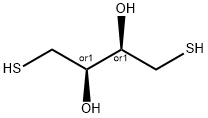
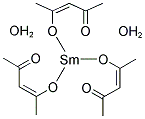
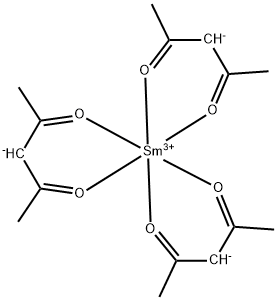
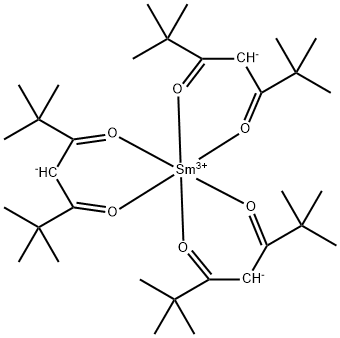
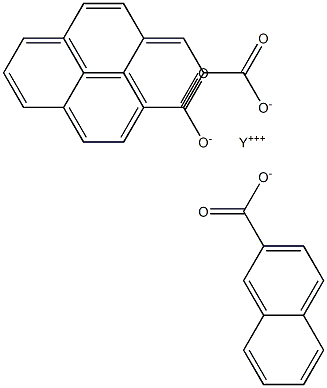
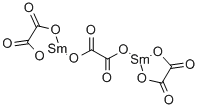
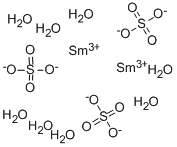
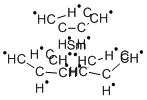
You may like
-
 Samarium(II) iodide, Stabilized CAS 32248-43-4View Details
Samarium(II) iodide, Stabilized CAS 32248-43-4View Details
32248-43-4 -
 Samarium(II) Iodide (ca. 0.1mol/L in Tetrahydrofuran) CAS 32248-43-4View Details
Samarium(II) Iodide (ca. 0.1mol/L in Tetrahydrofuran) CAS 32248-43-4View Details
32248-43-4 -
 Samarium(II) iodide, anhydrous, powder, ≥99.9% CAS 32248-43-4View Details
Samarium(II) iodide, anhydrous, powder, ≥99.9% CAS 32248-43-4View Details
32248-43-4 -
 Samarium(II) iodide CAS 32248-43-4View Details
Samarium(II) iodide CAS 32248-43-4View Details
32248-43-4 -
 Samarium(II) iodide solution CAS 32248-43-4View Details
Samarium(II) iodide solution CAS 32248-43-4View Details
32248-43-4 -
 1975-50-4 98%View Details
1975-50-4 98%View Details
1975-50-4 -
 14714-50-2 (2-Hydroxyphenyl)acetonitrile 98+View Details
14714-50-2 (2-Hydroxyphenyl)acetonitrile 98+View Details
14714-50-2 -
 118753-70-1 98+View Details
118753-70-1 98+View Details
118753-70-1